Previous Day - Next Day

“Be who you are and say what you feel, because those who mind don't matter and those who matter don't mind.”
~ Dr. Seuss
Wikipedia (Dr. Seuss (Theodor Seuss Geisel, March 2, 1904 – September 24, 1991), better known by his pen name, Dr. Seuss, was an American writer and cartoonist most famous for his children's books.)
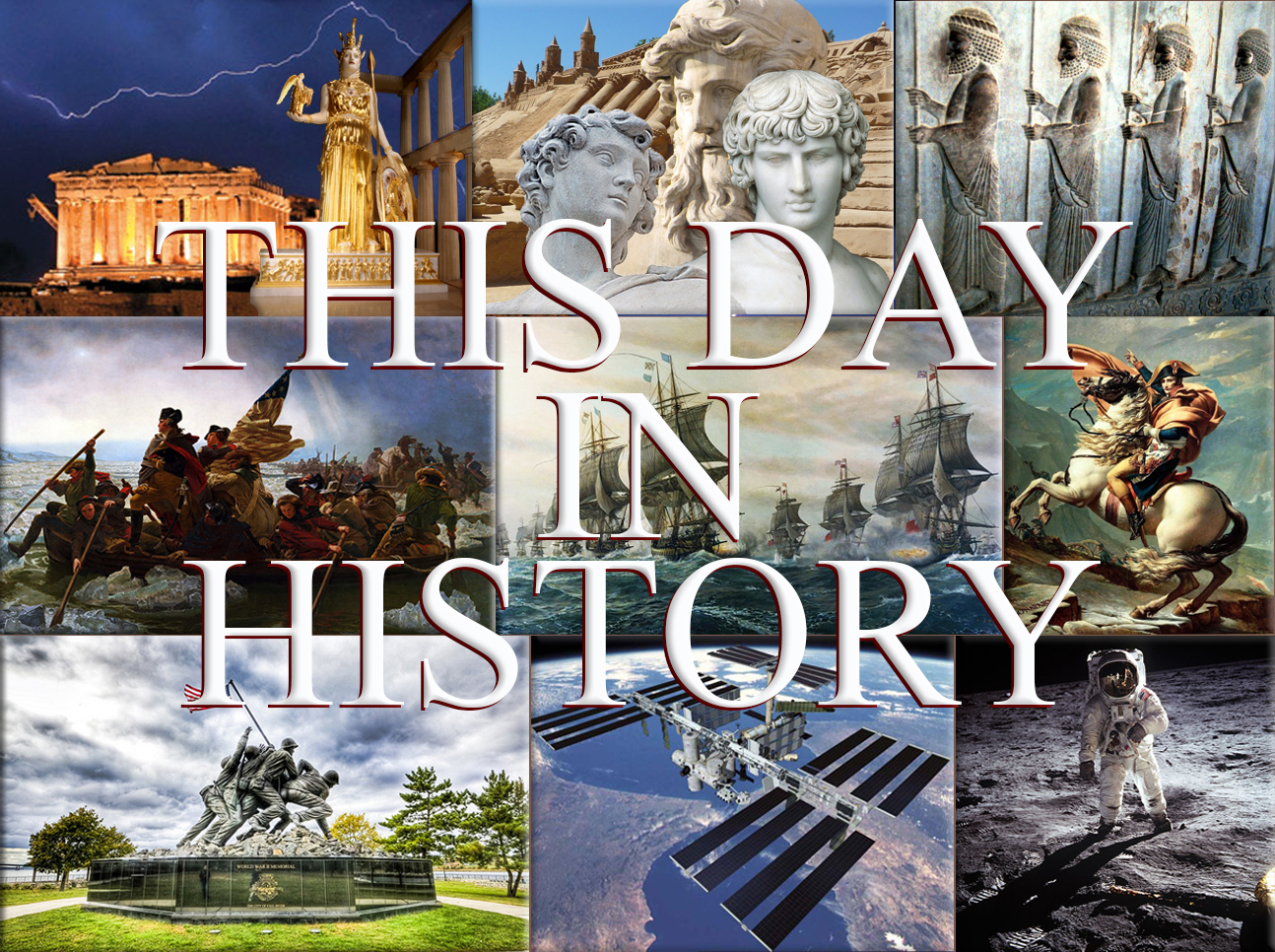
February 23rd, 303
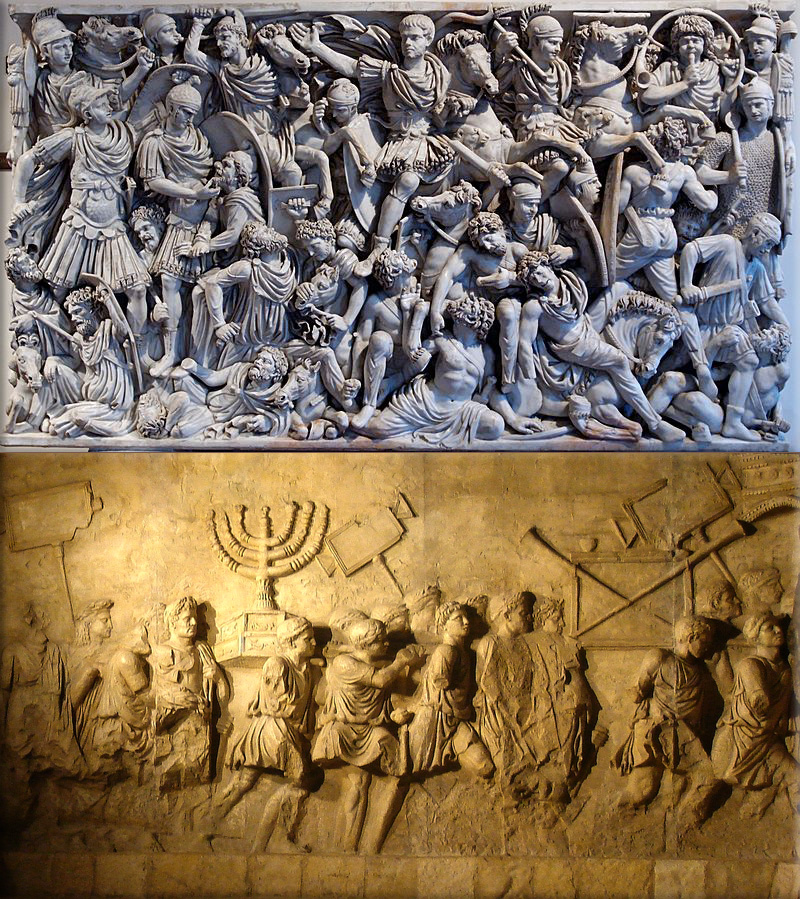
Roman Empire:
303 - Emperor Diocletian orders the destruction of the Christian church in Nicomedia, beginning eight years of Diocletianic Persecution.
Wikipedia Image: Relief from a 3rd-century sarcophagus depicting a battle between Romans and Germanic warriors; the central figure is perhaps the emperor Hostilian / Depiction of the Menorah on the Arch of Titus in Rome.
February 23rd, 532

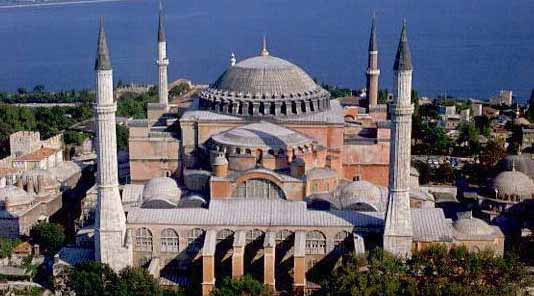
Byzantine Empire (East Roman Empire):
532 - Byzantine Emperor Justinian I orders the building of a new Orthodox Christian basilica in Constantinople - The Hagia Sophia.
Wikipedia Image: The Baptism of Constantine painted by Raphael's pupils (1520–1524, fresco, Vatican City, Apostolic Palace); Mural of Saints Cyril and Methodius, 19th century, Troyan Monastery, Bulgaria; Justinian I depicted on one of the famous mosaics of the Basilica of San Vitale, Ravenna; The Greek fire was first used by the Byzantine Navy during the Byzantine-Arab Wars (from the Madrid Skylitzes, Biblioteca Nacional de España, Madrid); Alexios I, founder of the Komnenos dynasty.
Photo: Byzantine Empire is the great church of Hagia Sophia (Church of the Holy Wisdom) in Constantinople (562).
February 23rd, 1455
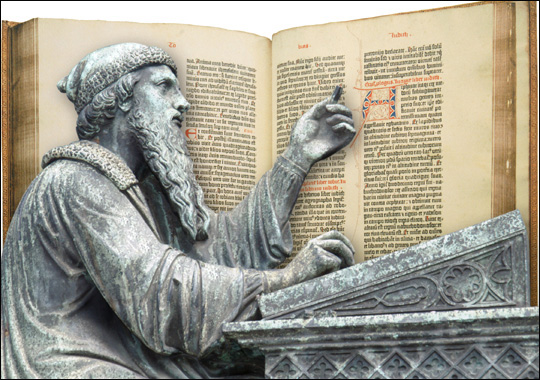
Traditional date for the publication of the Gutenberg Bible, the first Western book printed with movable type.
Wikipedia Image: A statue of Gutenberg is superimposed on the bible he created.
February 23rd, 1554

1554 - Battle of Marihueñu: in Chile, Mapuche forces, under the leadership of Lautaro, score a victory over the Spanish.
Wikipedia Photo: The very nature of Chile's topography made it one of the toughest parts of South America for the Spanish to conquer (Torres del Paine National Park (Spanish: Parque Nacional Torres del Paine) is a national park encompassing mountains, a glacier, a lake, and river-rich areas in southern Chilean Patagonia); Lautaro; The Mapuche were the original inhabitants of central and southern Chile; Chilean and Argentinean troops going to the Battle of Chacabuco (February 12, 1817) led by José de San Martín.
February 23rd, 1739
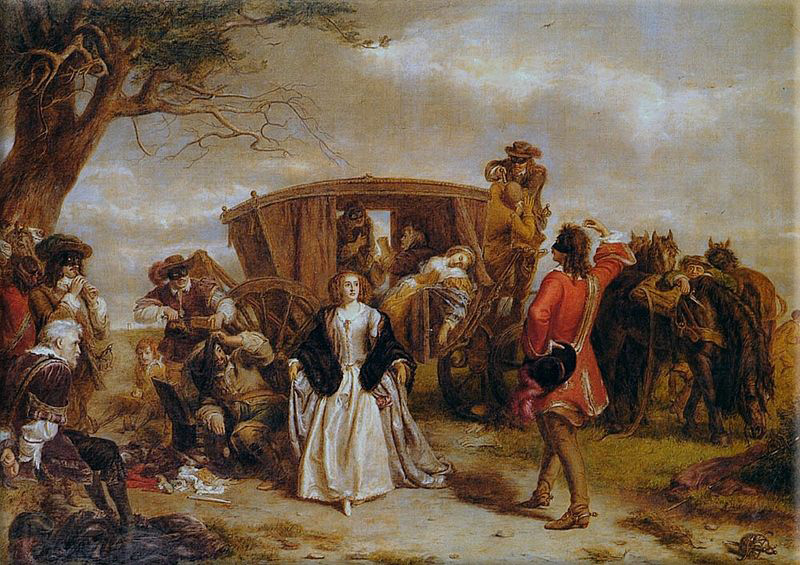
Richard Palmer is identified at York Castle, by his former schoolteacher, as the outlaw Dick Turpin.
Wikipedia Image: Richard "Dick" Turpin; William Powell Frith's 1860 painting, titled Claude Duval, depicts a romanticised image of highway robbery.
February 23rd, 1778
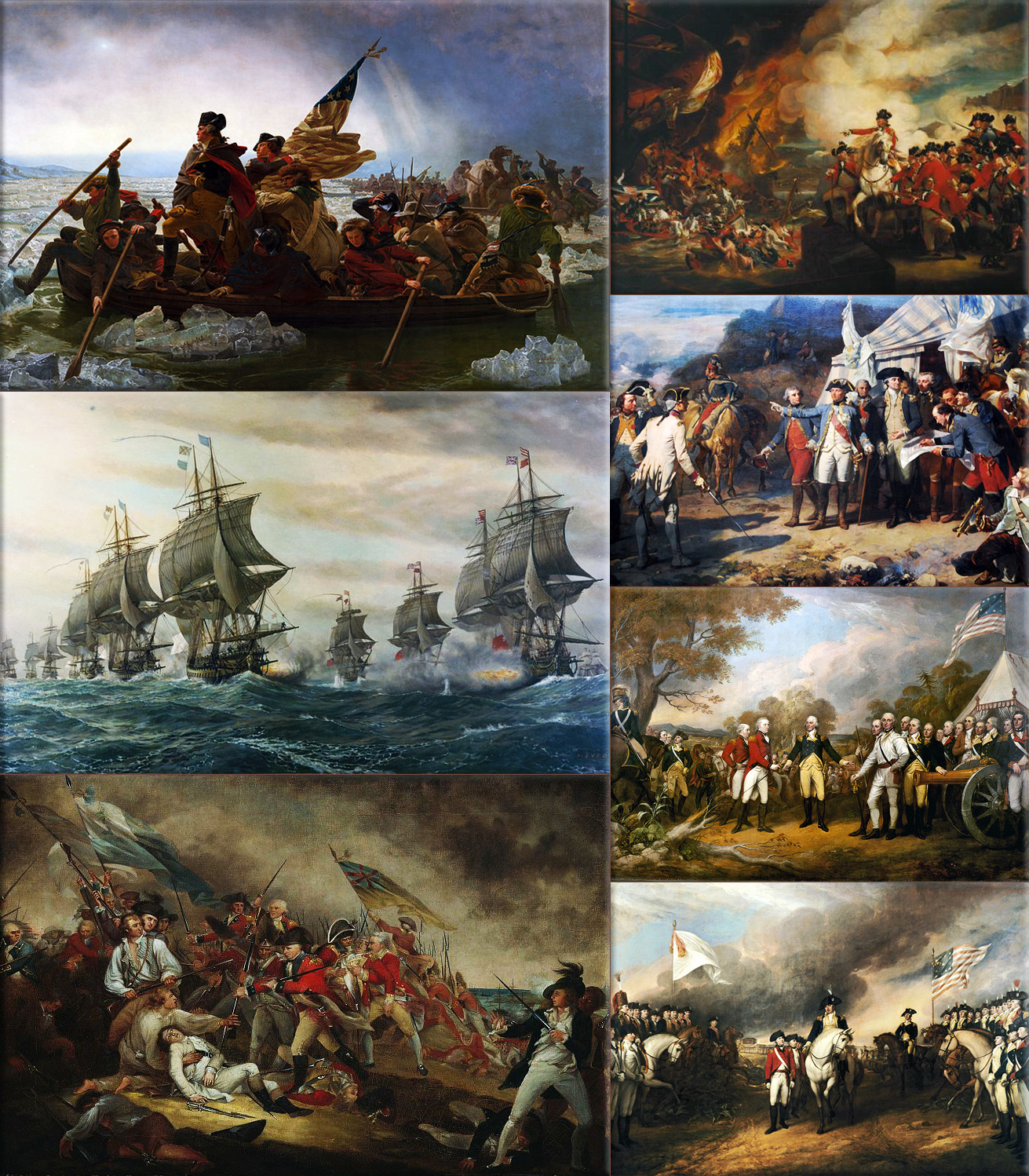
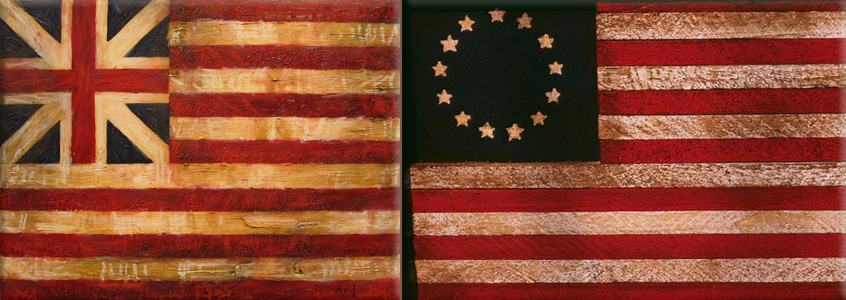
American Revolutionary War:
1778 - The Baron von Steuben arrives at Valley Forge, Pennsylvania to help to train the Continental Army.
Wikipedia Paintings: Washington Crossing the Delaware, by Emanuel Leutz; Battle of the Chesapeake, French (left) and British (right) lines; Battle of Bunker Hill, The Death of General Warren at the Battle of Bunker Hill by John Trumbull; The Defeat of the Floating Batteries at Gibraltar, September 13, 1782, by John Singleton Copley; Washington and the Comte de Rochambeau at Yorktown, 1781; "The surrender at Saratoga" shows General Daniel Morgan in front of a French de Vallière 4-pounder; Surrender of Cornwallis at Yorktown by (John Trumbull, 1797).
Grand Union - Stars and Stripes Flag
February 23rd, 1820
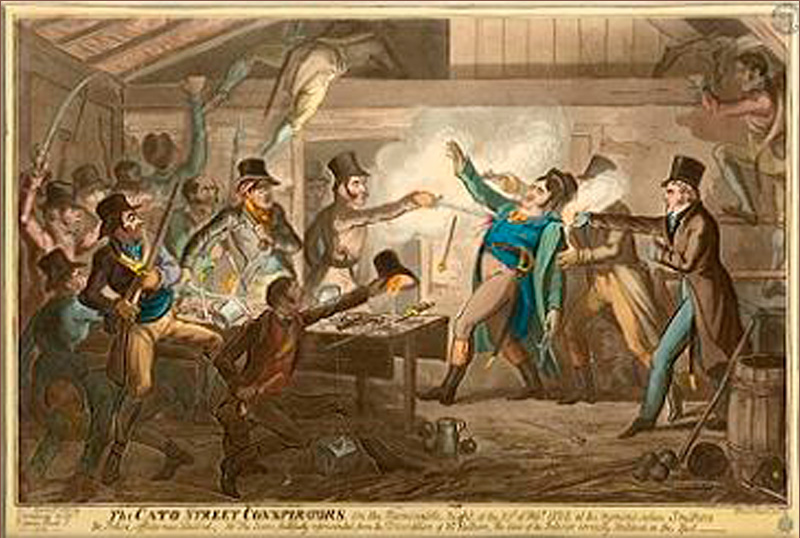
Cato Street Conspiracy: A plot to murder all the British cabinet ministers is exposed.
Wikipedia Image: Cato Street Conspiracy: (The arrest of the Cato Street conspirators) .
February 23rd, 1821
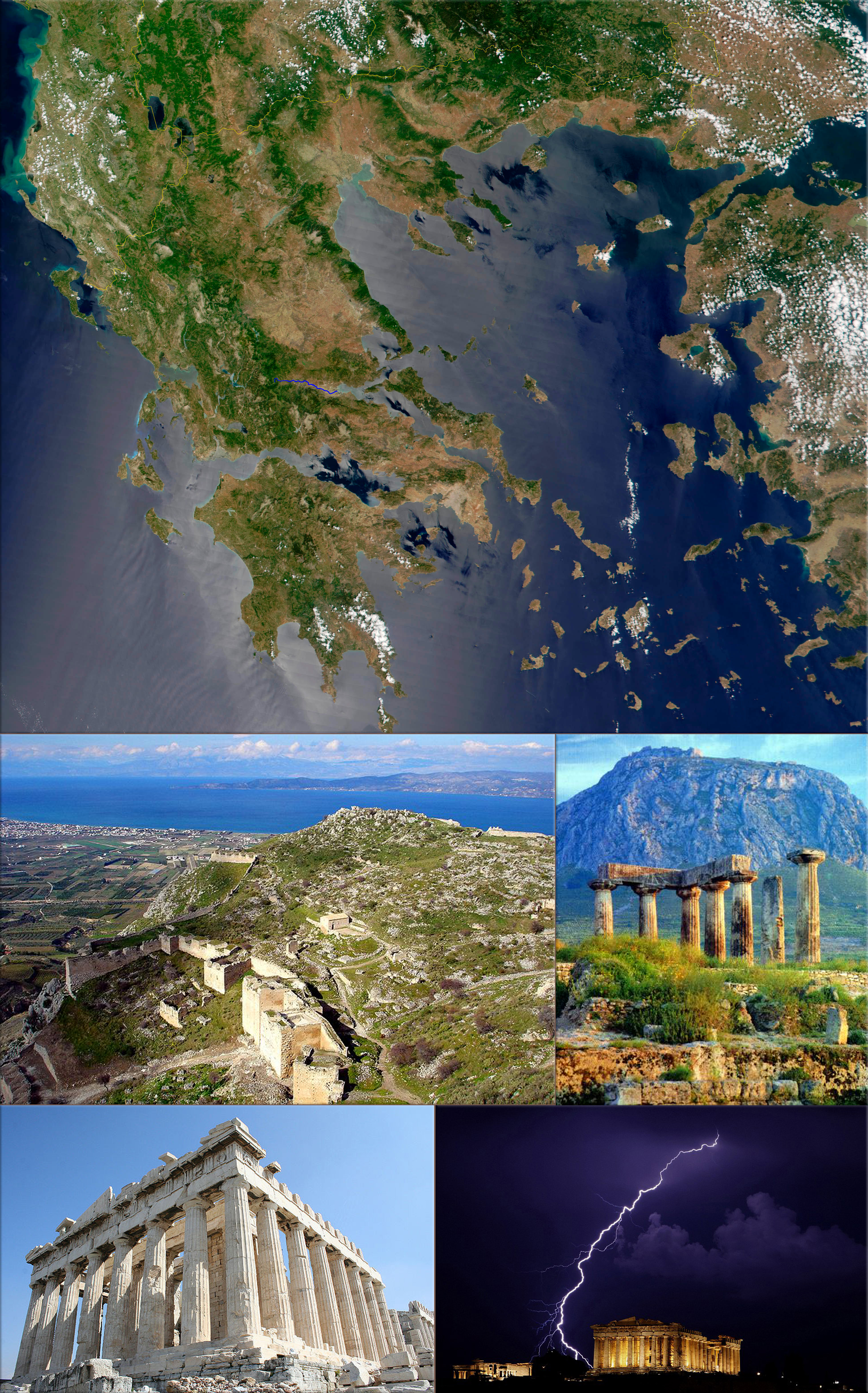
Alexander Ypsilantis starts the Greek War of Independence in Iași, Wallachia, modern-day Romania.
Wikipedia Image: Greece satellite image, credit NASA; Acrocorinth, looking north towards the Gulf of Corinth; The Acrocorinth in the background, behind the Temple of Apollo; Temple of Apollo Ancient Corinth; Early morning lightning illuminates the sky over the 2,500-year-old Ancient Parthenon temple, at the Acropolis hill during a heavy rainfall in Athens.
February 23rd, 1836
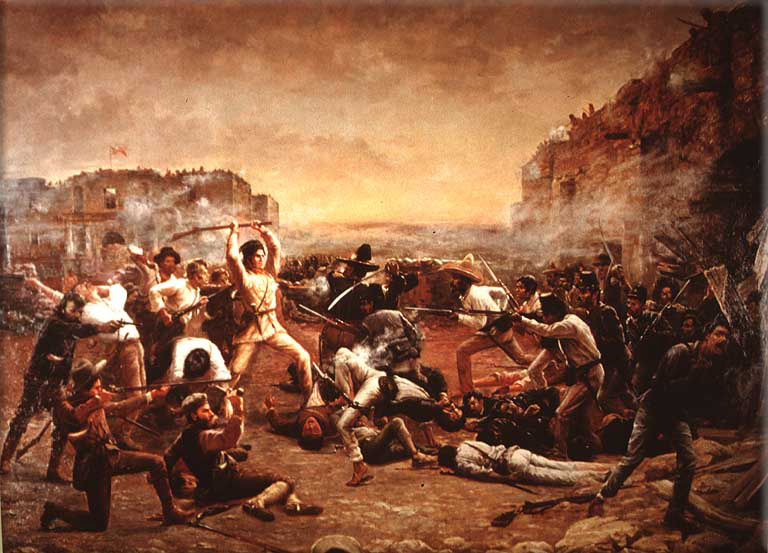
Texas Revolution:
1836 - Battle of the Alamo; begins in San Antonio, Texas.
Wikipedia Painting: The Fall of the Alamo; by Robert Jenkins Onderdonk (1903), depicts Davy Crockett wielding his rifle as a club against Mexican troops who have breached the walls of the mission.
February 23rd, 1861
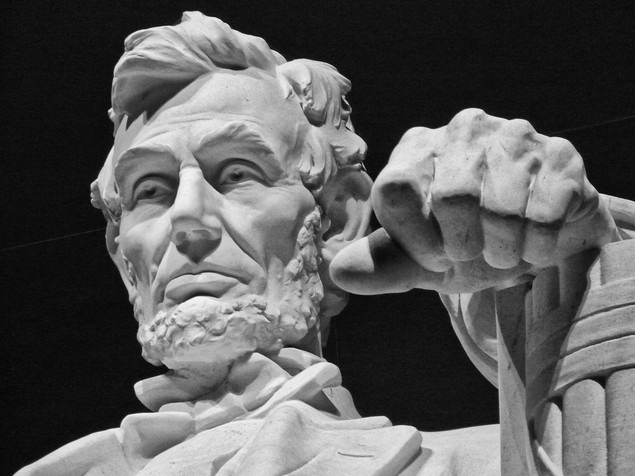
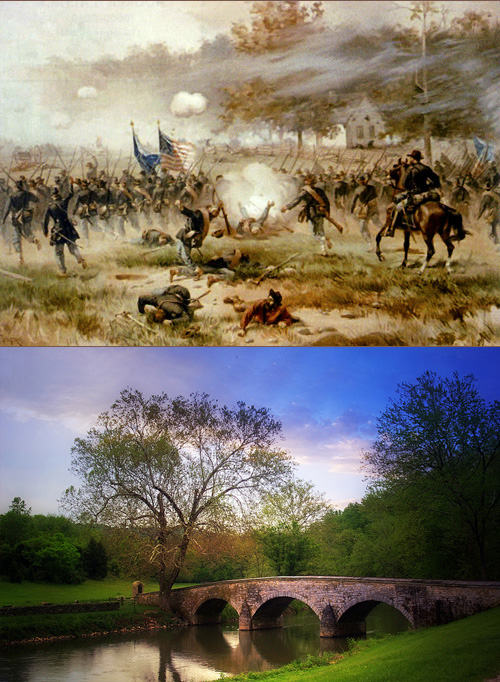
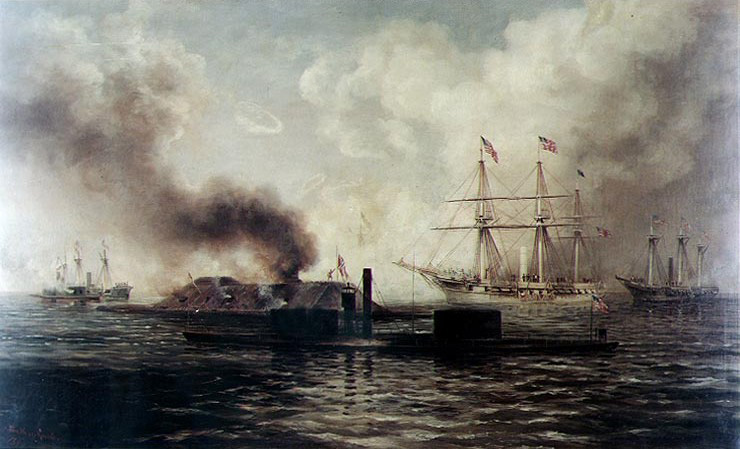
American Civil War:
1861 - President-elect Abraham Lincoln arrives secretly in Washington, D.C., after the thwarting of an alleged assassination plot in Baltimore, Maryland.
Post (Reconstruction Era) American Civil War:
1870 - Military control of Mississippi ends and it is readmitted to the Union.
Wikipedia Image: ● Lincoln Memorial; an American national monument built to honor the 16th President of the United States, Abraham Lincoln - located on the National Mall in Washington, D.C. across from the Washington Monument.
● The northern army led by George McClellan and the southern army led by Robert E. Lee met at Antietam Creek, Maryland in September, 1862. It was a bloody battle where 13,000 Confederates and 12,000 Union troops died in just one day. McClellan had hesitated to attack before the battle thus letting the southern troops regroup. Also, he had saved reserves and refused to use them at the end of the battle thinking that Lee was holding reserves for a counterattack, even though those reserves didn't exist. The Union victory stopped Lee's northward advance and was a turning point in the war.
● Battle of Antietam / Stone Bridge at Antietam Battlefield - Sharpsburg, Maryland
● Battle of Mobile Bay (1890) by Xanthus Russell Smith.
● Although photography was still in its infancy, war correspondents produced thousands of images, bringing the harsh realities of the frontlines to those on the home front in a new and visceral way. The Atlantic.
February 23rd, 1883
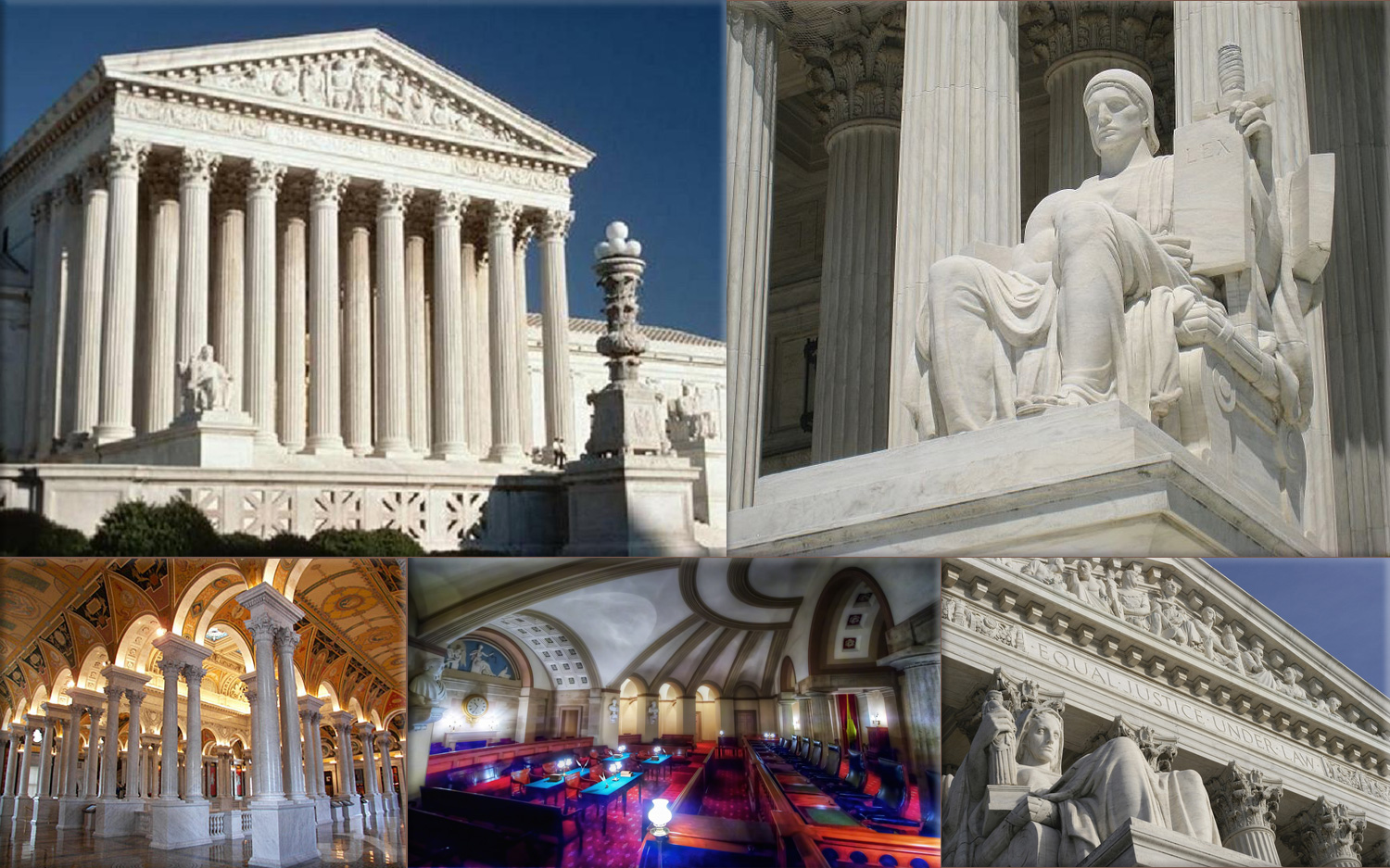
Alabama becomes the first U.S. state to enact an antitrust law.
Wikipedia Photo: United States Supreme Court building; Guardian of Law, by James Earle Fraser, US Supreme Court, Washington, DC, USA.
February 23rd, 1886

Charles Martin Hall produced the first samples of man-made aluminum, after several years of intensive work. He was assisted in this project by his older sister Julia Brainerd Hall.
Wikipedia Photo: Aluminum Foil Sheets.
February 23rd, 1887

Earthquake:
1887 - The French Riviera is hit by a large earthquake, killing around 2,000.
Wikipedia Image: Preliminary Determination of Epicenters / Aleppo Syria; Anchorage, Alaska - March 28, 1964 Prince William Sound USA earthquake and tsunami; 8.9 Mega Earthquake Strikes Japan; Tsunami Swirls Japan's Ibaraki Prefecture March 12 2011. credit NOAA / NGDC, NOAA National Geophysical Data Center, USGS, National Geographics.
February 23rd, 1896

The Tootsie Roll is invented.
Wikipedia Image: Tootsie Roll; A patriotic advertisement for Tootsie Rolls during World War I A small Tootsie Roll ('Midgee').
February 23rd, 1898

Émile Zola is imprisoned in France after writing "J'accuse", a letter accusing the French government of anti-Semitism and wrongfully imprisoning Captain Dreyfus affair.
Wikipedia Image: Alfred Dreyfus; Excerpt 'Why the Dreyfus Affair Matters', New York Times; The Dreyfus Affair produced an enormous amount of postcards. This card uses the well-known anti-Semitic image of the treacherous Jew (Dreyfus) in the form of a snake (From the postcard series 'Museum of Horror' #6: 'The Traitor'); Dreyfus as a Wandering Jew; Colonel Estherhazy, The true traitor, UTexas.edu.
February 23rd, 1900
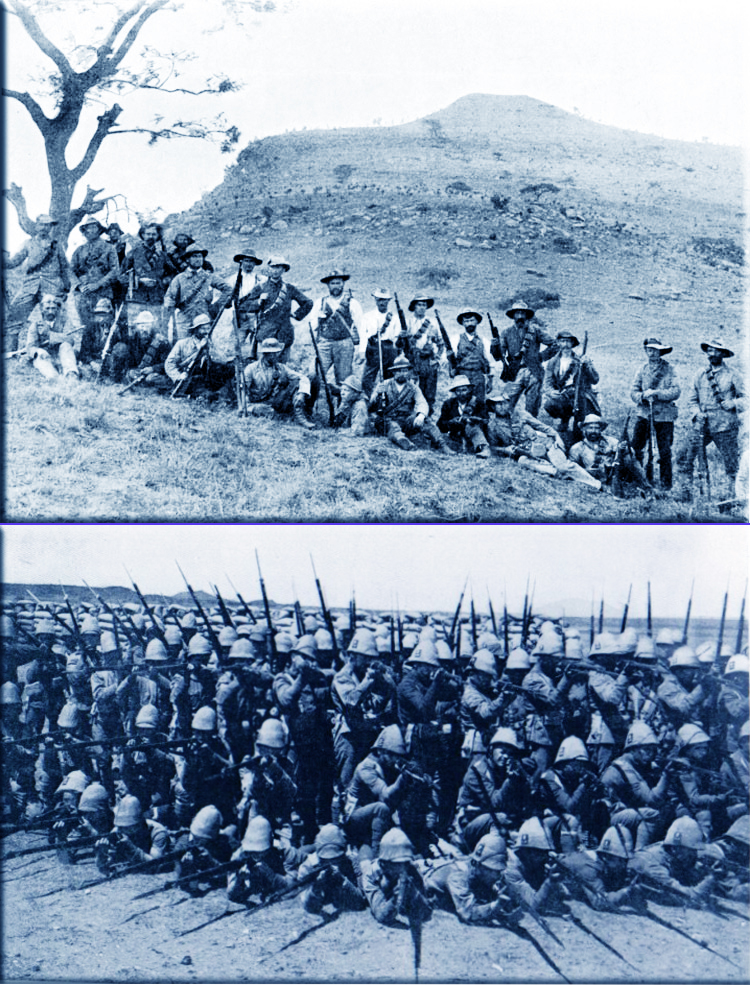
Second Boer War: In South Africa, Boers and British troops fight in the Battle of Hart's Hill.
Wikipedia Photo: Second Boer War; (Dutch: Tweede Boerenoorlog, Afrikaans: Tweede Vryheidsoorlog or Tweede Boereoorlog) was fought from 11 October 1899 until 31 May 1902 between the British Empire and the Afrikaans-speaking Dutch settlers of two independent Boer republics, the South African Republic (Transvaal Republic) and the Orange Free State.
February 23rd, 1903

Post Spanish–American War: Cuba leases Guantánamo Bay to the United States "in perpetuity".
Wikipedi Image: Satellite image Cuba, credit: Jeff Schmaltz, MODIS Rapid Response Team, NASA / GSFC; A Catalan satirical drawing published in La Campana de Gràcia (1896), criticizing U.S. behavior regarding Cuba; W. A. Rogers. "The Battle of Desmayo - The Cuban Balaklava" In: Harper's Pictorial History of the War with Spain. Vol. 1. New York: Harper & Brothers Publishers, 1899. NYPL, United States History, Local History and Genealogy Division.
February 23rd, 1917
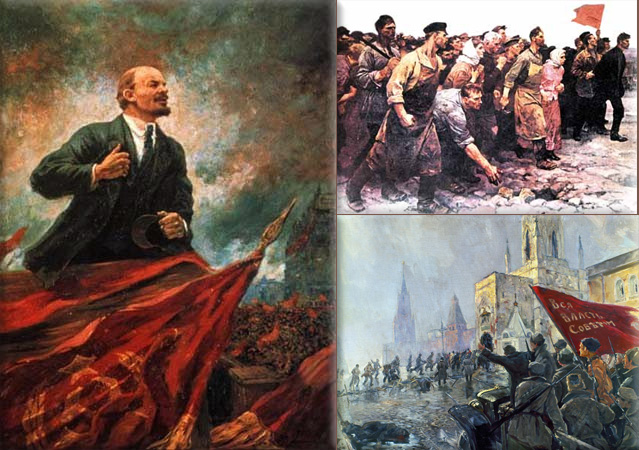
Russian Revolution:
1917 - First demonstrations in Saint Petersburg, Russia - The beginning of the February Revolution.
1918 - First victory of Red Army over the Kaiser's German troops near Narva and Pskov. (In honor of this victory, the date is celebrated from 1923 onward as "Red Army Day"; it is renamed Defender of the Fatherland Day after the fall of the Soviet Union in 1991, and is colloquially known as "Men's Day".)
Wikipedia Image: The Russian Revolution is the collective term for a series of revolutions in Russia in 1917, which destroyed the Tsarist autocracy and led to the creation of the Soviet Union.
February 23rd, 1918

Post World War I:
1918 - Last monarch of Mecklenburg-Strelitz commits suicide.
Wikipedia Photo: Trenches on the Western Front; a British Mark IV Tank crossing a trench; Royal Navy battleship HMS Irresistible sinking after striking a mine at the Battle of the Dardanelles; a Vickers machine gun crew with gas masks, and German Albatros D.III biplanes. National Archives and Records Administration.
February 23rd, 1927

United States President Calvin Coolidge signs a bill by Congress establishing the Federal Radio Commission (later replaced by the Federal Communications Commission) which was to regulate the use of radio frequencies in the United States.
Wikipedia Image: Frequency modulation (A signal may be carried by an AM or FM radio wave).
February 23rd, 1927
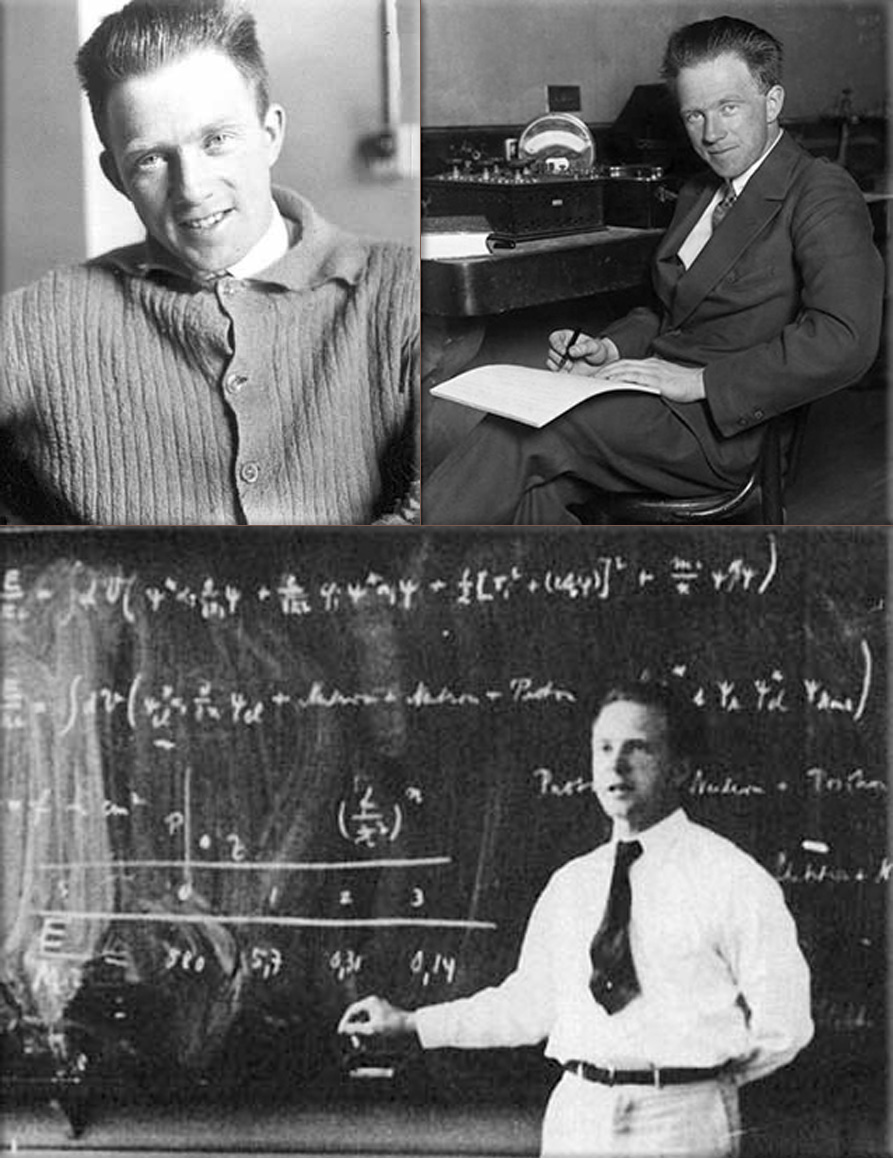
German theoretical physicist Werner Heisenberg writes a letter to fellow physicist Wolfgang Pauli, in which he describes his uncertainty principle for the first time.
Wikipedia Photo: Werner Karl Heisenberg (December 5, 1901 – February 1, 1976) one of the most brilliant and renowned physicists of his day. A Nobel laureate at the age of 32, his masterpiece was his articulation of the Uncertainty Principle.
February 23rd, 1941
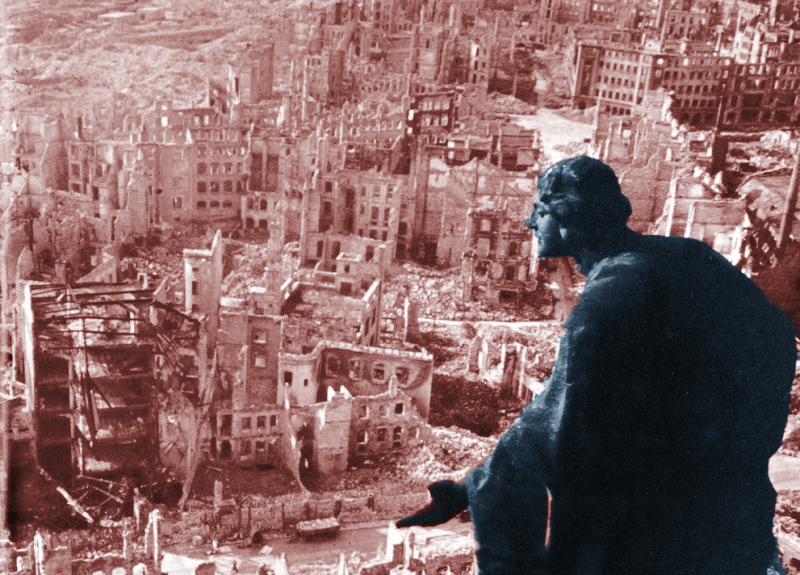

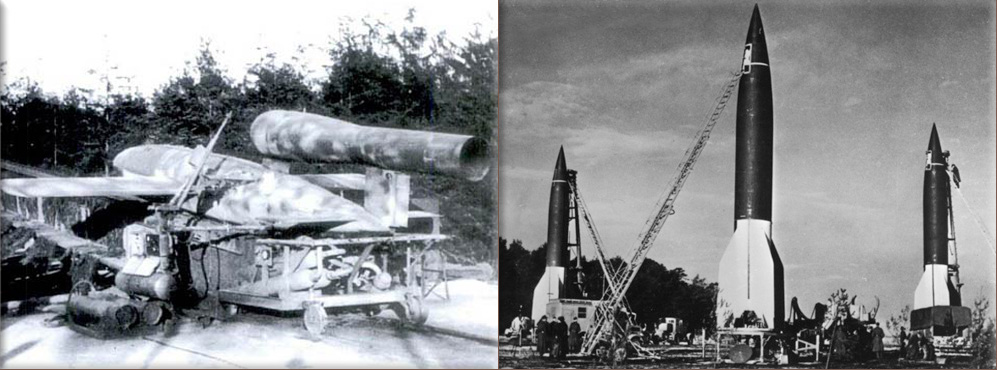
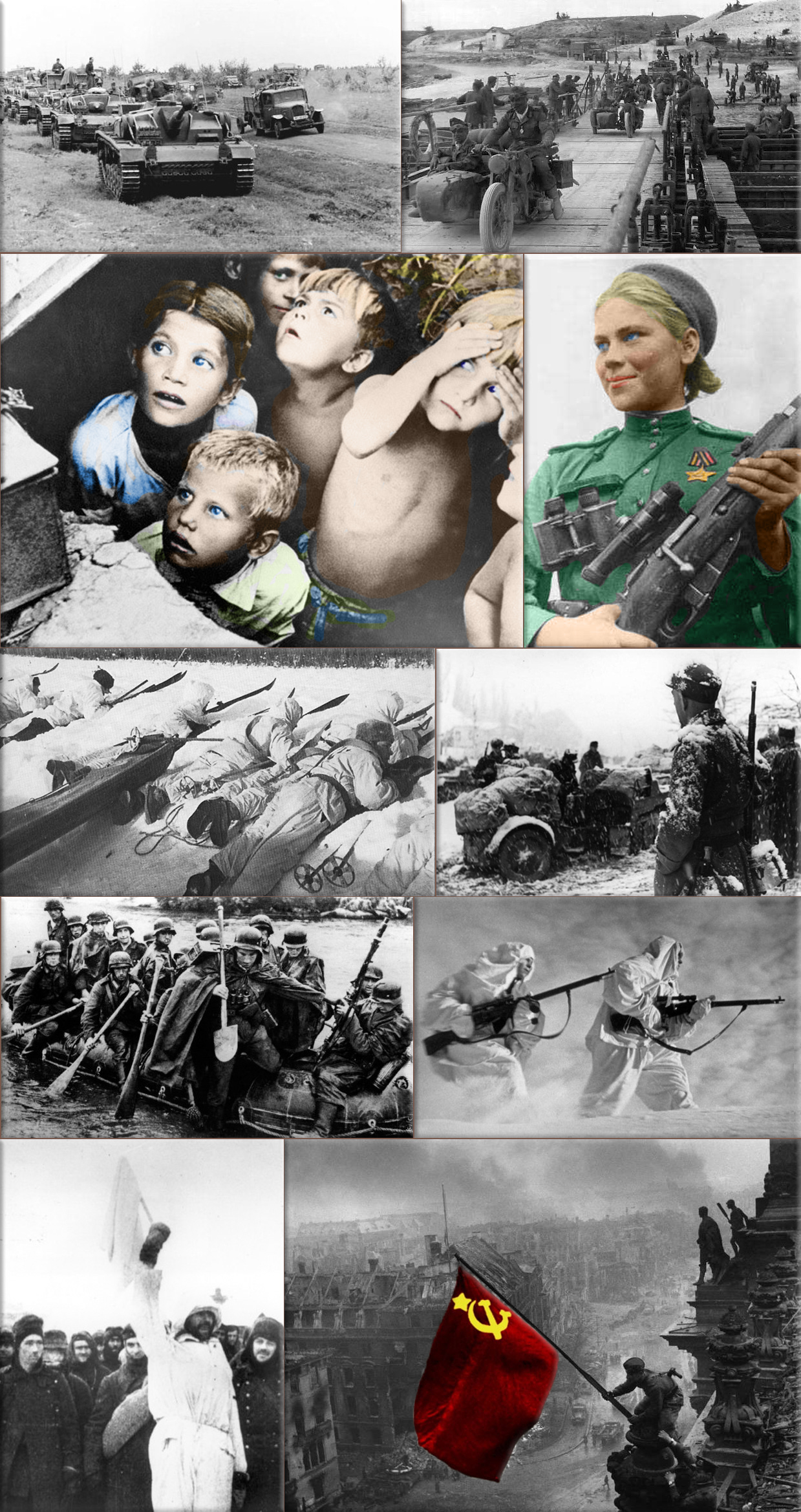
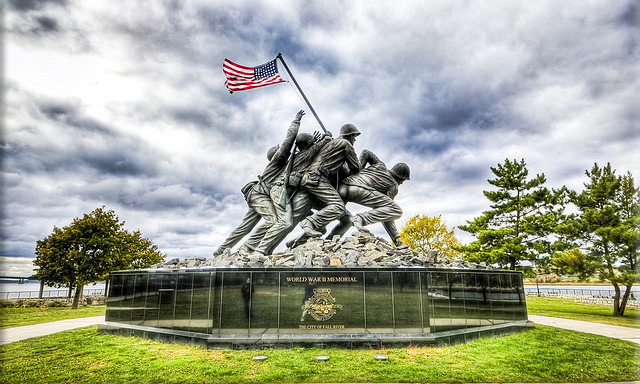
World War II:
1941 - Plutonium is first produced and isolated by Dr. Glenn T. Seaborg.
1942 - Bombardment of Ellwood; Japanese submarines fire artillery shells at the California coastline near Santa Barbara.
1944 - Operation Lentil (Caucasus): The Soviet Union begins the forced deportation of the Chechen, Ingush people from the North Caucasus to Central Asia.
1945 - Battle of Iwo Jima; a group of United States Marines and a commonly forgotten U.S. Navy Corpsman, reach the top of Mount Suribachi on the island and are photographed raising the American flag.
1945 - The 11th Airborne Division, with Filipino guerrillas, free the captives of the Los Baños internment camp.
1945 - The capital of the Philippines, Manila, is liberated by combined Filipino and American forces.
1945 - Capitulation of German garrison in Poznań - The city is liberated by Soviet and Polish forces.
1945 - The German town of Pforzheim is completely destroyed in a raid by 379 British bombers.
Post World War II:
1947 - The International Organization for Standardization (ISO) is founded.
Wikipedia Photo: Bombing of Dresden in World War II; August Schreitmüller's sculpture 'Goodness' surveys Dresden after a firestorm started by Allied bombers in 1945.
USS Bunker Hill was hit by kamikazes piloted by Ensign Kiyoshi Ogawa and another airman on 11 May 1945. 389 personnel were killed or missing from a crew of 2,600; Ensign Kiyoshi Ogawa, who flew his aircraft into the USS Bunker Hill during a Kamikaze mission on 11 May 1945; Kamikaze Missions - Lt Yoshinori Yamaguchi's Yokosuka D4Y3 (Type 33 Suisei) "Judy" in a suicide dive against USS Essex. The dive brakes are extended and the non-self-sealing port wing tank is trailing fuel vapor and/or smoke 25 November 1944.
German V1 flying-bomb and V2 Rockets - Preparations for a Salvo Launch of V-2 Rockets in the Heidelager near Blizna (Poland) (1944), credit German History in Documents and Images GHDI.
Eastern Front (World War II); Germans race towards Stalingrad. August 1942; Soviet children during a German air raid in the first days of the war, June 1941, by RIA Novosti archive; Soviet sniper Roza Shanina in 1944. About 400,000 Soviet women served in front-line duty units Caucasus Mountains, winter 1942/43; Finnish ski patrol: the invisible enemy of the Soviet Army with an unlimited supply of skis; Men of the German Engineers Corps cross a river which is swollen after the first autumn rains, to strengthen bridges linking the German positions on the central front in Russia. by Keystone / Getty Images. October 1942; Russian snipers fighting on the Leningrad front during a blizzard. Photo by Hulton Archive / Getty Images, 1943; German soldiers surrendering to the Russians in Stalingrad, the soldier holding the white flag of surrender is dressed in white so that there could be no doubt of his intentions, a Russian soldier is on the right of the photograph. by Keystone / Getty Images, January 1943.
Battle of Iwo Jima World War II Memorial, Fall River, Massachusetts, © James Wellman Photography.
February 23rd, 1954

The first mass inoculation of children against polio with the Salk vaccine begins in Pittsburgh.
Wikipedia Photo: Jonas Salk vaccine against polio, credit Research History.org (Jonas Salk Story).
February 23rd, 1955
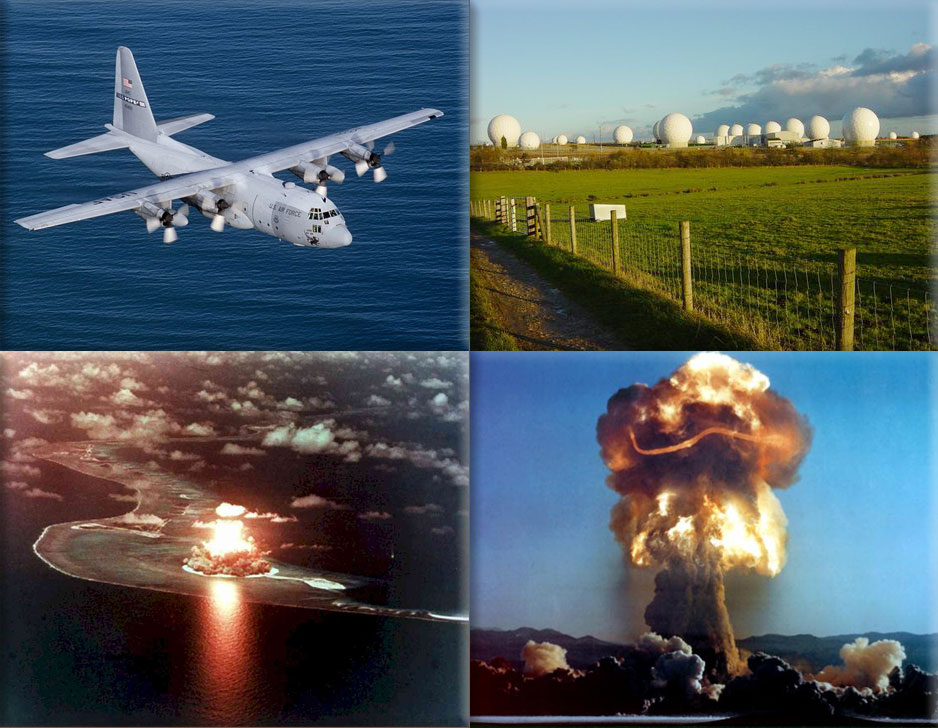
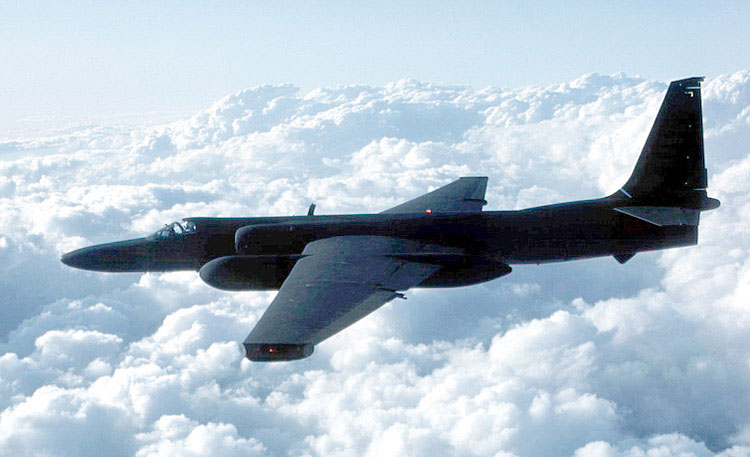
Cold War:
1955 - First meeting of the Southeast Asia Treaty Organization (SEATO).
Wikipedia Photo: Lockheed C-130 Hercules; RAF Menwith Hill, a large site in the United Kingdom, part of ECHELON and the UKUSA Agreement; New Zealand nuclear test, British nuclear tests near the Malden and Christmas Islands in the mid-Pacific in 1957 and 1958; Nevada nuclear tests, Nevada Division of Environmental Protection Bureau of Federal Facilities.
U2, Lockheed TR-1 in flight.
February 23rd, 1958
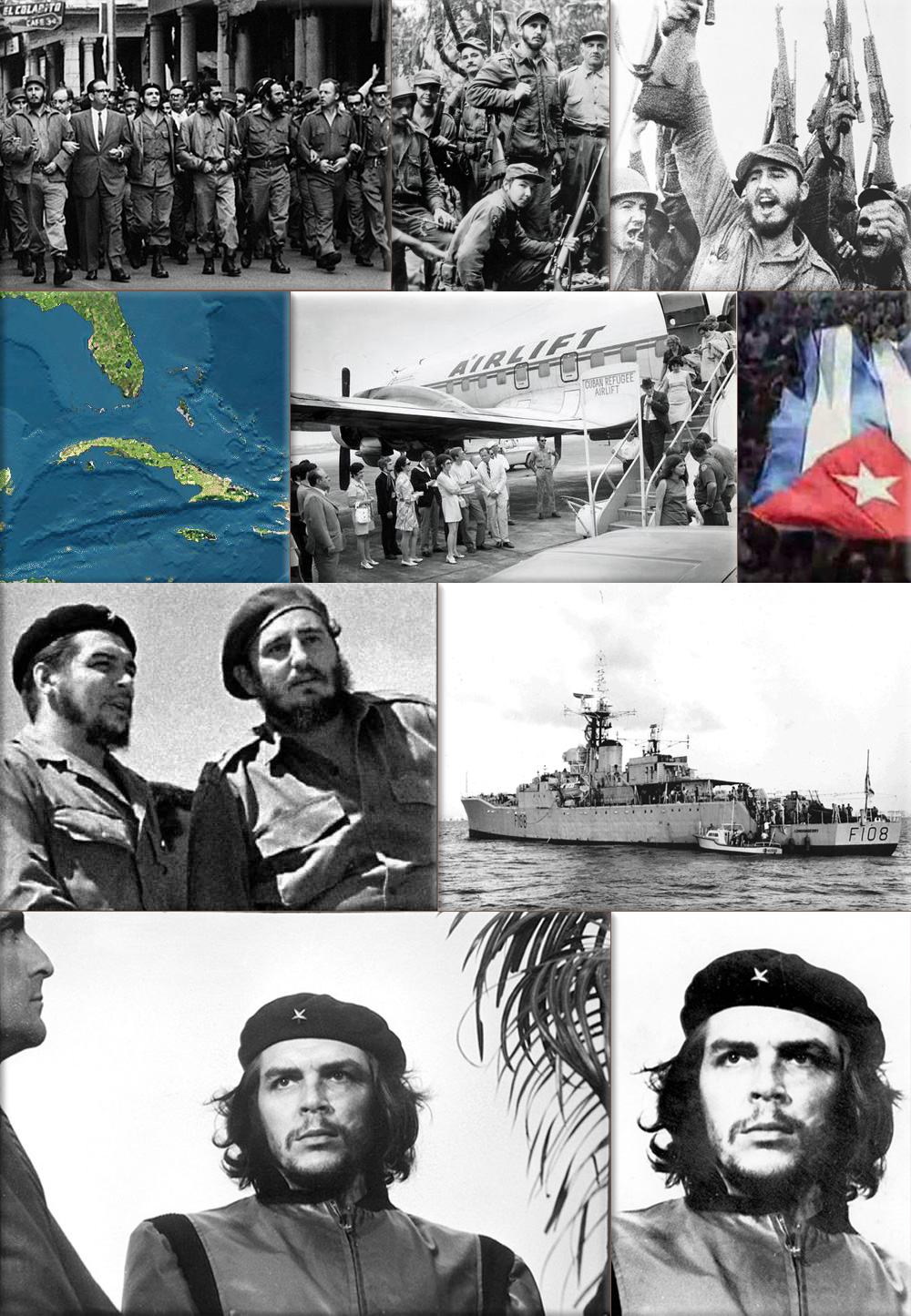
Cuban Revolution:
1958 - Cuban rebels kidnap 5-time world Formula One champion Juan Manuel Fangio.
Wikipedia Photo / Map: The leadership of the Cuban revolution; Fidel Castro played the leading role in the Cuban revolution against Fulgencio Batista (1957) AFP; Fidel Castro leads men in a cheer, Cuba, 1957, Bettmann/ Corbis; Cuban Airlift to the United States (1959 and 1962); Resiste Cuba, homenaje a la revolución cubana y sus héroes música: Protesta-Por Cuba; Che Guevara and Fidel Castro ; Official caption: "Off loading Cuban refugees at the Miami sea buoy", photo dated 4 May 1964; Photo No. 7CGD-050464 #12; Guerrillero Heroico - Alberto Korda's famous photograph of Che Guevara; The popularized cropped version.
February 23rd, 1974

The Symbionese Liberation Army demands $4 million more to release kidnap victim Patty Hearst.
Wikipedia Photo: Patricia Hearst from a Symbionese Liberation Army publicity photo / Patty Hearst’s Comeback, Thanks to the Dog. Seth Wenig, Associated Press
February 23rd, 1980

Islamic revolution of Iran, Iran hostage crisis:
1980 - Iranian Supreme Leader Ayatollah Ruhollah Khomeini states that Iran's parliament will decide the fate of the American embassy hostages.
Wikipedia Photo: The Iran hostage crisis was a diplomatic crisis between Iran and the United States where 52 Americans were held hostage for 444 days from November 4, 1979, to January 20, 1981, after a group of Islamist students and militants took over the American Embassy in Tehran in support of the Iranian Revolution. President Carter called the hostages "victims of terrorism and anarchy", adding that the "United States will not yield to blackmail". The hostages were formally released into United States custody the following day, just minutes after the new American president Ronald Reagan was sworn into office.
February 23rd, 1983
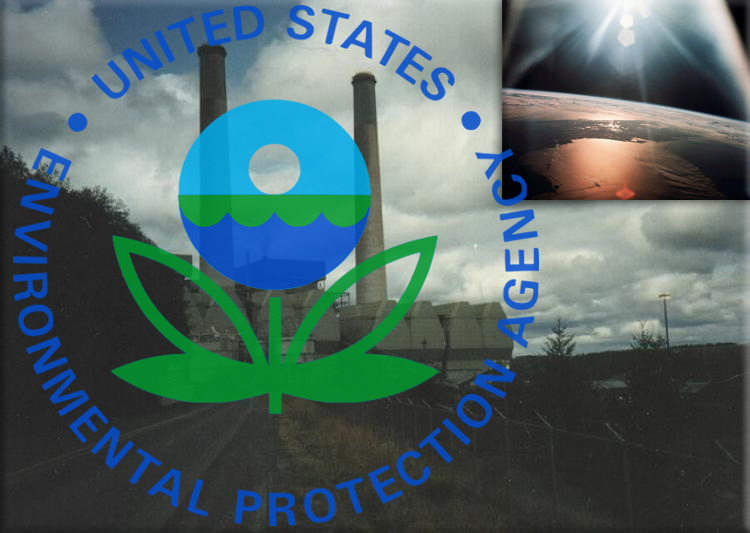
United States Environmental Protection Agency announces its intent to buy out and evacuate the dioxin-contaminated community of Times Beach, Missouri.
Wikipedia Photo: United States Environmental Protection Agency.
February 23rd, 1987
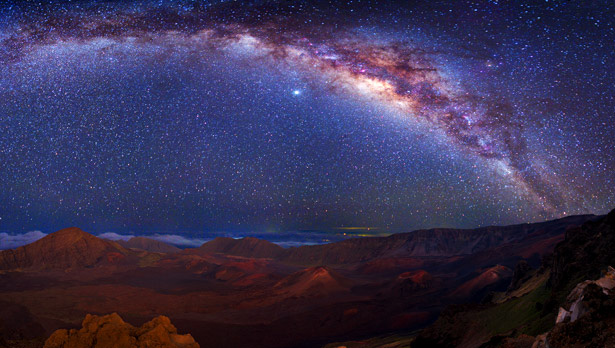
Supernova 1987 (A): is seen in the Large Magellanic Cloud.
Wikipedia Image: Milky Way Galaxy, National Geographic
February 23rd, 1991
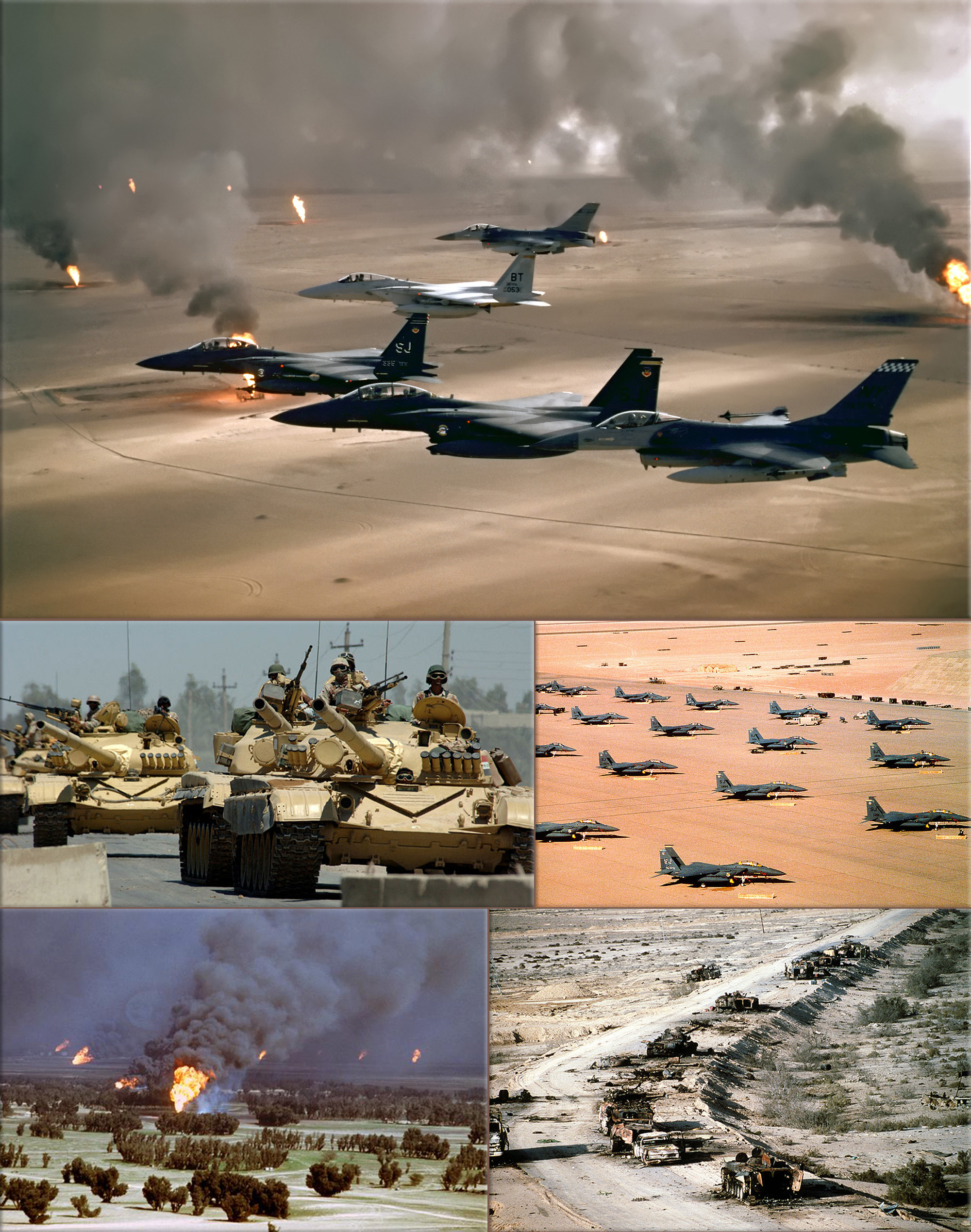
Gulf War - Iraq War:
1991 - Gulf War Campaign; Ground troops cross the Saudi Arabian border and enter Iraq, thus beginning the ground phase of the war.
Wikipedia Photo: USAF F-15Es, F-16s, and a USAF F-15 flying over burning Kuwaiti oil wells; Iraqi Army T-72 main battle tanks. The T-72 tank was a common Iraqi battle tank used in the Gulf War; F-15Es parked during Operation Desert Shield; The oil fires caused were a result of the scorched earth policy of Iraqi military forces retreating from Kuwait; Aerial view of destroyed Iraqi T-72 tank, BMP-1 and Type 63 armored personnel carriers and trucks on Highway 8 in March 1991.
February 23rd, 1997
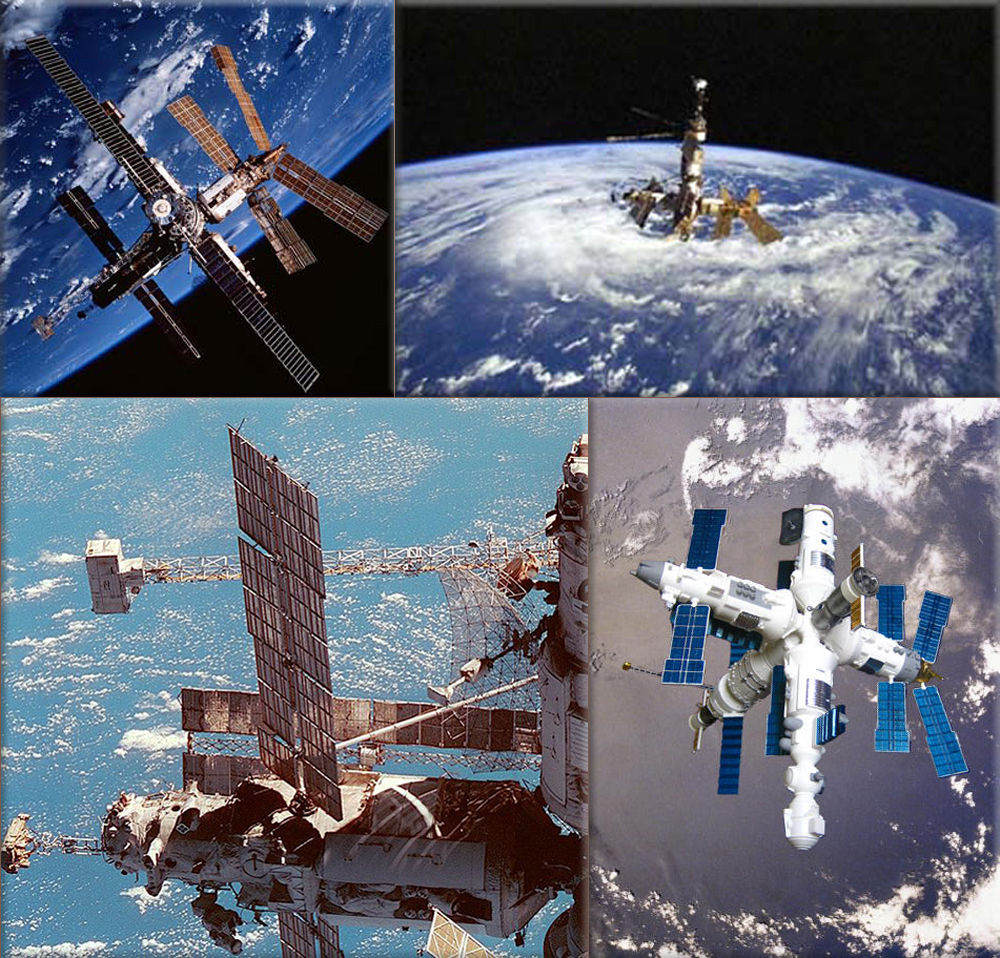
A small fire occurs in the Russian Space station, Mir.
Wikipedia Image: Mir Space Station endured 15 years in orbit, three times its planned lifetime, credit NASA.
U2, Lockheed TR-1 in flight.
February 23rd, 1998
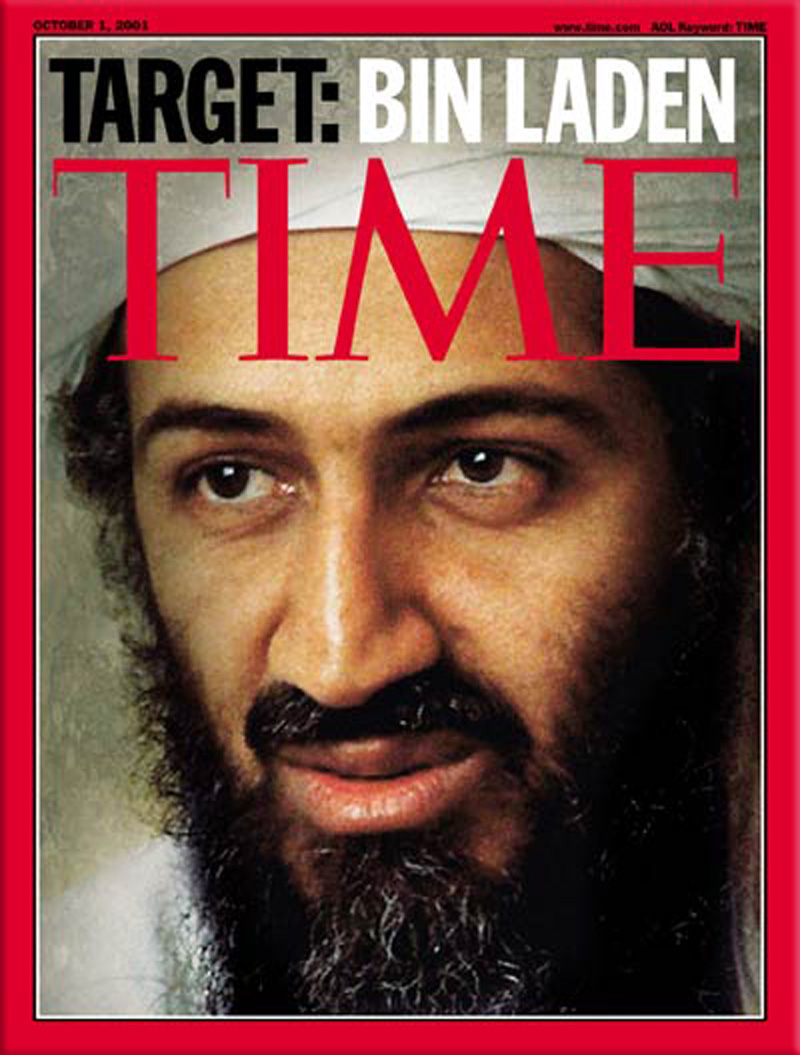
Osama bin Laden publishes a fatwa declaring jihad against all Jews and "Crusaders"; the latter term is commonly interpreted to refer to the people of Europe and the United States.
Wikipedia Image: Osama bin Laden Time Cover.
February 23rd, 2007
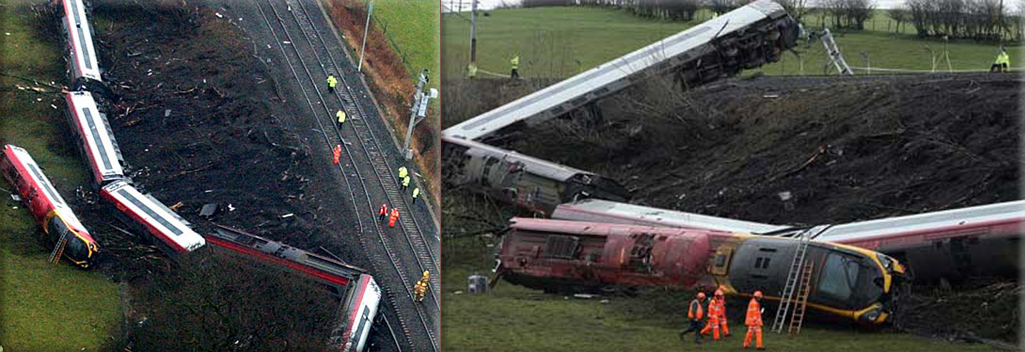
Grayrigg derailment: A train derails on an evening express service near Grayrigg, Cumbria, England, killing one person and injuring 22. This results in hundreds of points being checked over the UK after a few similar accidents.
Wikipedia Photo: Grayrigg derailment;, Getty Images.
February 23rd, 2008
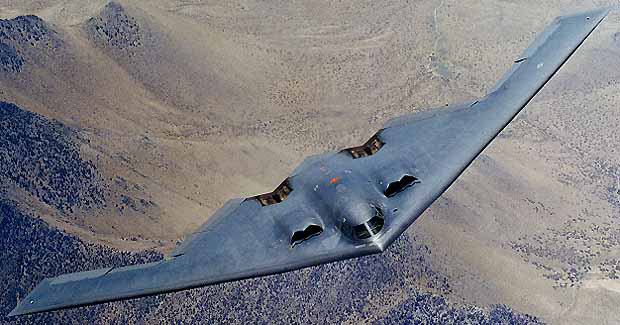
United States Air Force B-2 Spirit Stealth Bomber crashes on Guam. (It is the first operational loss of a B-2.)
Wikipedia Photo: USAF B-2 Spirit in flight
February 23rd, 2017
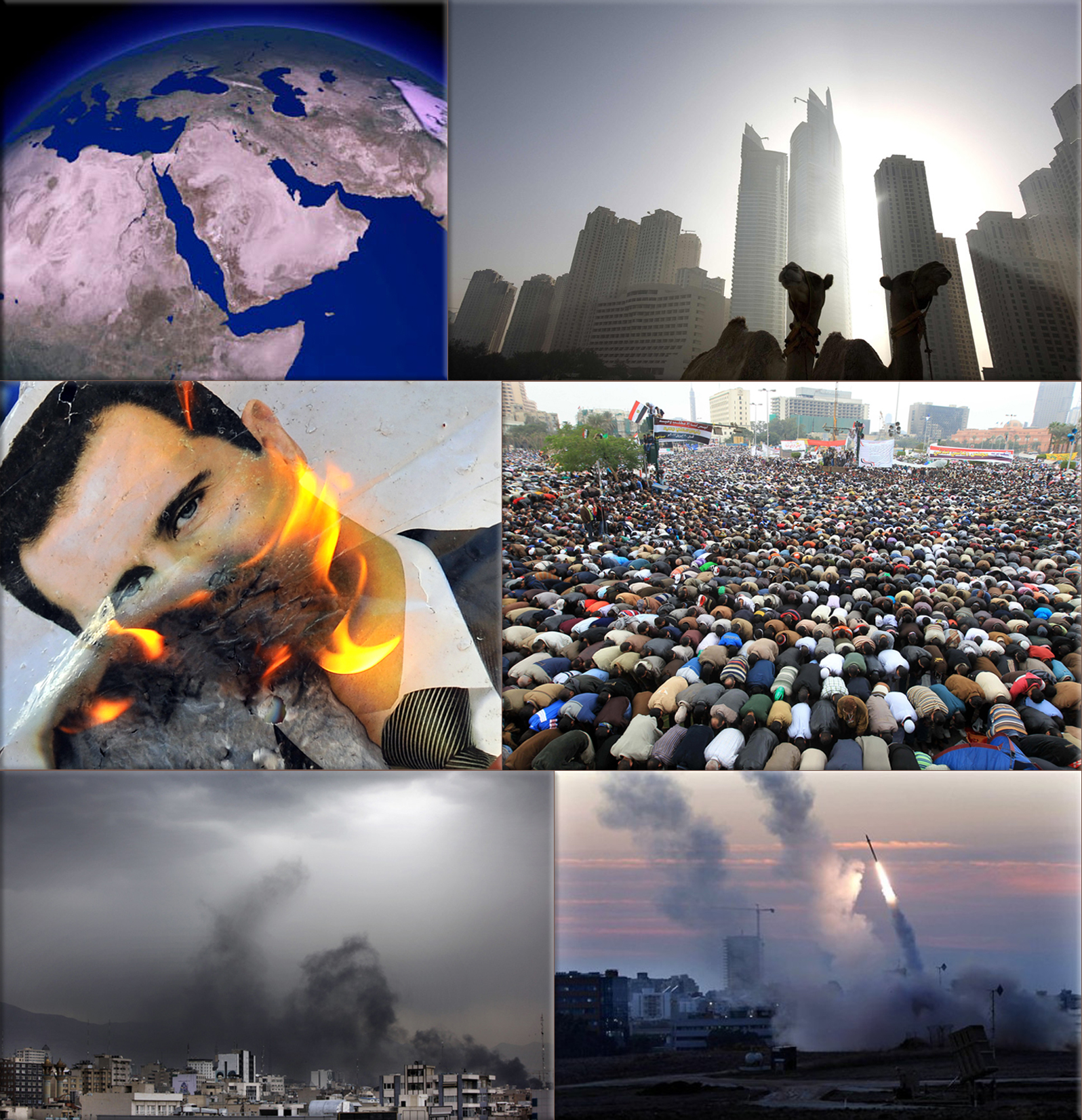
Modern conflicts in the Middle East, social unrest and terrorist attacks:
2017 - Battle of al-Bab; The Turkish-backed Free Syrian Army captures Al-Bab from Islamic State at least 25 people.
2012 - February 2012 Iraq attacks; A series of attacks across Iraq leave at least 83 killed and more than 250 injured.
2010 - Unknown criminals pour more than 2.5 million liters of diesel oil and other hydrocarbons into the river Lambro, in northern Italy, sparking an environmental disaster.
Wikipedia Photo: Middle East satellite image, NASA. ● Camels are seen early morning on a beach in the Marina area of Dubai October 16, 2008. (Steve Crisp, Reuters) ● A portrait of Syrian President Bashar al-Assad burns during clashes between rebels and Syrian troops in Selehattin, near Aleppo, on July 23, 2012. (Bulent Kilic, AFP / GettyImages) ● Egyptians gather in their thousands in Tahrir Square to mark the one year anniversary of the revolution on Jan. 25, 2012 in Cairo Egypt. Tens of thousands have gathered in the square on the first anniversary of the Arab uprising which toppled President Hosni Mubarak. (Jeff J Mitchell, Getty Images) ● Black smoke rises above the Tehran skyline as supporters of Mir Hossein Mousavi burn tires and other material in the streets as they fight running battles with police to protest the declared results of the Iranian presidential election in Tehran, Iran, Saturday, June 13, 2009. (Ben Curtis, AP) ● The Iron Dome defense system fires to interecpt incoming missiles from Gaza in the port town of Ashdod, Thursday, Nov. 15, 2012. (Tsafrir Abayov, AP)
